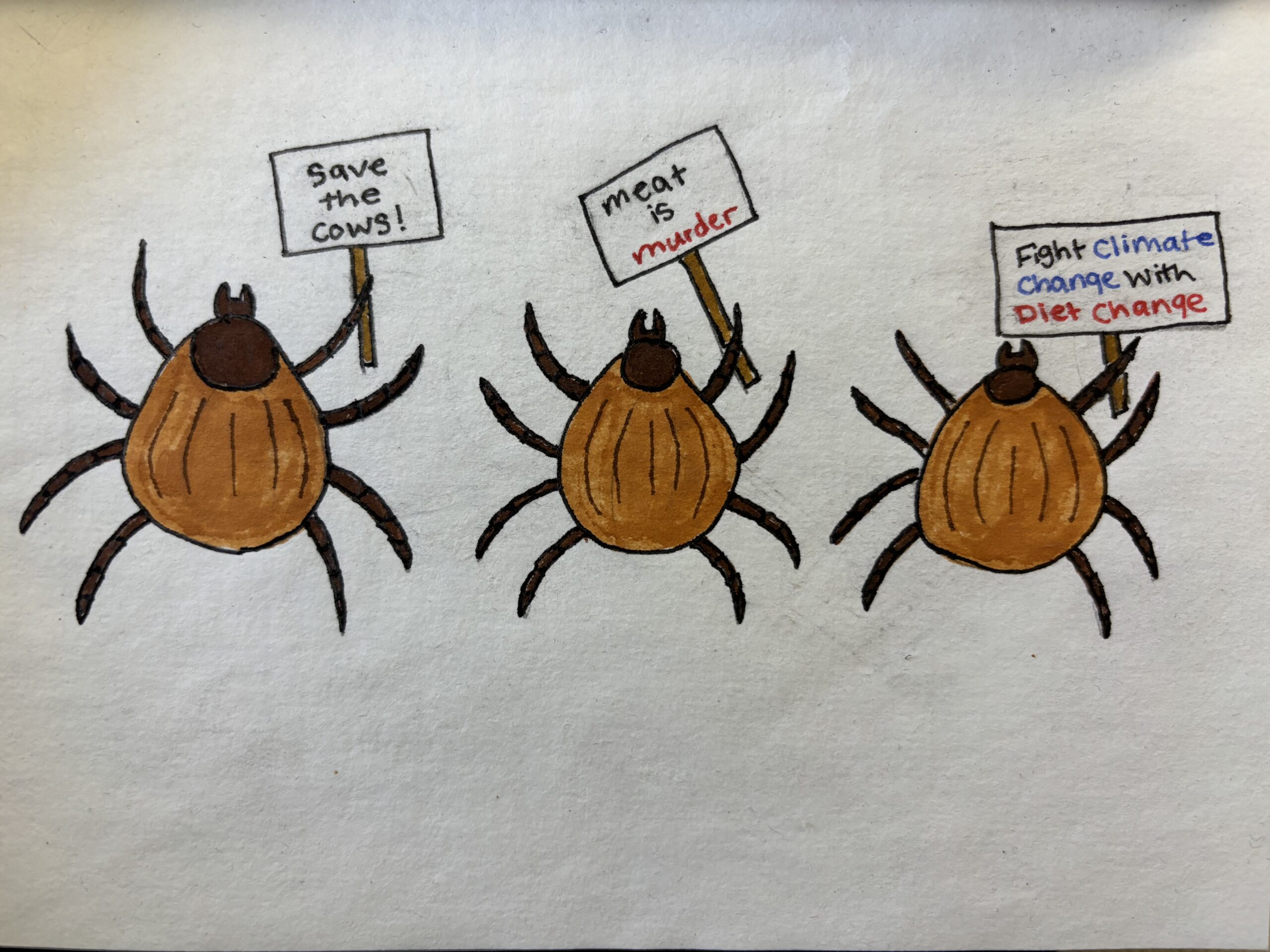The objectives I will be covering in this project are “Describe the various WBC and their function” and “Interpret the response of WBC counts disease”. White blood cells (WBC), also known as leukocytes, are responsible for protecting the body against infection (Cleveland Clinic, 2021). There are a few different types of white blood cells. Neutrophils are more generalist, killing bacteria and fungus. Monocytes clean up damaged cells. Basophils are known for their role in asthma. Eosinophils kill parasites and are involved in the allergic response. Lymphocytes fight viruses and produce antibodies (Cleveland Clinic, 2021). White blood cells play a vital role in protecting the body. However, they can cause damage if they become overactive.
Allergies form because a foreign substance enters the body and is received as a threat. When this occurs, the body makes antibodies to attack the allergen (BetterHealth Channel, 2022). The antibody produced is called Immunoglobulin E (IgE). IgE is produced by mature B lymphocytes and plasma cells as a response to an antigenic stimulus. Antibodies are produced in order to bind to and eliminate unwanted substances in the body. Elevated levels of white blood cells can be a sign that there is something that the body is trying to fight off.
Alpha-Gal Syndrome (AGS) is a delayed allergic reaction to galactose-α-1,3-galactose (α-Gal), a sugar molecule found in most mammals. Although this molecule is found in most mammals, it is not found in humans or other primates. This sugar can be found in both meat and other animal products, such as milk (Young, I., et al., 2021). There is evidence that this allergy can be formed due to a bite from specific tick species. One of the species believed to be a vector is the lone star tick, A. americanum. Onset of the disease after the tick bite can range from weeks to even years (Young, I., et al., 2021). The tick transmits alpha-gal through its saliva, which triggers the immune system to produce antibodies against alpha-gal. Elevated IgE levels are thought to be responsible for AGS (Kersh, GJ et al., 2023). IgE is believed to mediate an exaggerated response to antigens (Kelly, B. and Grayson, M., 2016). This eventually leads to AGS (Yale Medicine, 2024).
Some of the most common symptoms of AGS include anaphylaxis, skin reactions and urticaria. These symptoms typically appear 3-6 hours after ingestion of meat or animal products, but are sudden if injected by certain vaccines that contain animal products (Yale Medicine, 2024). There is currently no cure for AGS, but people who have it can avoid allergic reactions by staying away from mammalian meat and certain animal products.
The art piece I made for this project is a drawing of ticks holding a vegan/vegetarian protest. They are holding signs that say “meat is murder”, “save the cows” and “fight climate change with diet change”. I believe that this helps to explain the effects of AGS. Since people with AGS are not able to eat red meats or certain animal products, the ticks are essentially making more people vegetarian.
References
Young, I., Prematunge, C., Pussegoda, K., Corrin, T., Waddell, L. (2021). Tick exposures and alpha-gal syndrome: A systematic review of the evidence. ScienceDirect.
https://www.sciencedirect.com/science/article/pii/S1877959X21000273
Kelly, B. and Grayson, M. (2016). Immunoglobulin E, what is it good for? ScienceDirect. https://www.sciencedirect.com/science/article/abs/pii/S1081120615007115
Yale Medicine. (2024). Alpha-gal Syndrome (AGS).
Kersh GJ, Salzer J, Jones ES, Binder AM, Armstrong PA, Choudhary SK, Commins GK, Amelio CL, Kato CY, Singleton J, Biggerstaff BJ, Beard CB, Petersen LR, Commins SP. (2023). Tick bite as a risk factor for alpha-gal-specific immunoglobulin E antibodies and development of alpha-gal syndrome. PubMed.
Cleveland Clinic. (2021). White Blood Cells.
https://my.clevelandclinic.org/health/body/21871-white-blood-cells
BetterHealth Channel. (2022). Allergies explained.
https://www.betterhealth.vic.gov.au/health/conditionsandtreatments/allergies


Hii Aleutia,
In regards to WBCS and their use in the human body a disease in which WBC production is increased is Alpha-Gal Syndrome. The reason the WBC production is increased is because there is a reaction occuring in the body due to an allergy. The main reason for this allergy is usually caused by a tick bite. Furthermore, after the tick bites it leaves the person with alpha-gal within their blood. Alpha-gal will convince the immune system to produce WBCs for immunity and antibodies and will attack the alpha-gal, in which their own body is creating.
As a clarification, alpha-gal can be transmitted in more ways than just from ticks. It can also be transferred from meats, certain vaccines, and animal products. The symptoms will usually show up pretty quickly after contracting this syndrome, within 3-6 hours. Some of the main symptoms are a skin rash, trouble breathing, and red blotches on the skin. It is said that there is no cure for alpha-gal.
The image that is presented is ticks that are “talking”. The message is supposed to represent meat being the main cause of alph-gal. As well as not being able to consume meat products when you have this syndrome. This image is ironic as the ticks who can give the disease are promoting not eating meat since once you have the syndrome you can not eat meat.
🙂